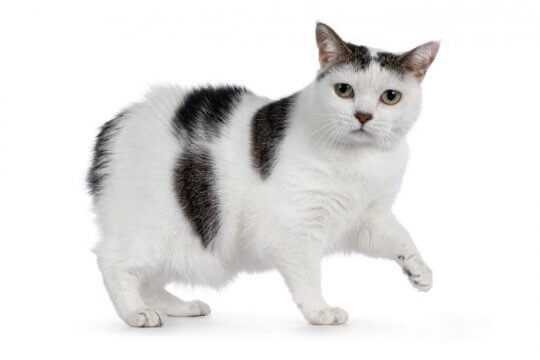Your Cart Is Empty
✖No products in the cart.

Isle of Man
10"-14"
7-13 pounds
12-16 years
Playful, intelligent, family-oriented, dog-like
Stubbin, Rumpy, Rumpy Riser, Stumpy, Longy, Manks, Kayt Manninagh
Medium-sized short-haired
$500-$1,500
Manx cats cost between $500-$1,500.
Manx cats tend to be medium in size. A fully grown Manx cat might weigh between 7-13 pounds or more and range in height anywhere from about 10"-14" inches tall.
The Average lifespan for Manx is 12-16 years.
Manx are short-haired cats. Therefore, they do not shed as much as long-haired cat breeds.
Amidst the realm of feline diversity, reside the distinct breeds that captivate our attention. Feline inhabitants create a harmonious symphony of fur, whiskers, and personalities that enrich our lives
© 2024 CATLIVES. All Rights Reserved.